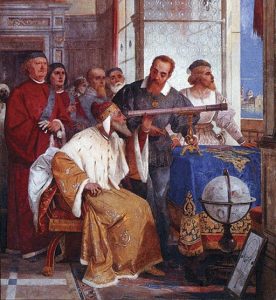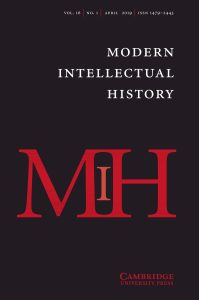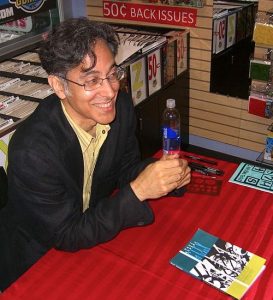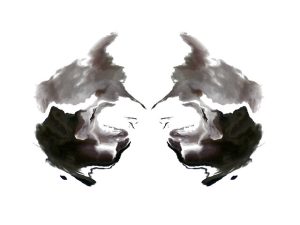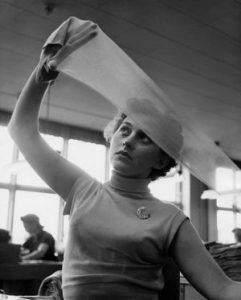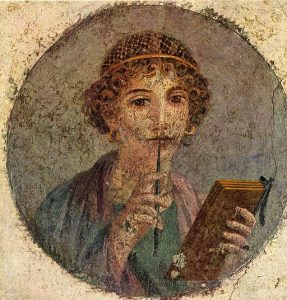Guilty Women: An Analysis of Angela Carter’s “The Bloody Chamber” Utilizing Laura Mulvey’s Theories of Scopophilia and Female Narrative Roles
She stands alone in a crowded room. Her hair captures the light, framing her face with soft, ethereal radiance. She smiles gently at the people around her, yet remains still, untouched, as though she is waiting for something to happen.
Where did Plato and Galileo search for truth? The inward and outward search for epistemological and metaphysical certainty
Creating a binary between looking inward and outward when thinking about philosophy is obfuscatory, particularly when dealing with the works of Galileo and Plato. Galileo literally gazes at the sun until he is blind, while Plato looks into his mind at a metaphorical sun, revealing the primary distinction between them in their search for epistemic and metaphysical truth.
From Words to Images: A Comparison of Paul Auster’s City of Glass and Its Graphic Novel Adaptation
Paul Auster’s novel, City of Glass, fabricates a world in which appearances often fail to correspond to reality and the readers can be as confused and bewildered as the characters in the novel. To adapt City of Glass into a graphic novel, where images on every panel supplement a significantly-reduced amount of text, constitutes a considerable challenge.
Sylvia Plath: The Devil and The White Macaw
Sylvia Plath’s Esther Greenwood has a complex understanding of her enlivened friend Doreen, which makes her long for a similarly spirited disposition. Esther’s existence is instead confined by the ever-present thoughts of death plaguing her mind.
Female Forces Behind the Mask: Rorschach’s Path to Violence and Heroism
There are few things that are black-and-white in Alan Moore and Dave Gibbons’ graphic novel Watchmen. Instead, heroes and villains and the justification of violence blur together into one disheveled and messy humanity.
Sebald’s Barbaric Poetry
“Nach Auschwitz ein Gedicht zu schreiben, ist barbarisch,” wrote Theodor Adorno. “To write poetry after Auschwitz is barbarism.” Since writing it in his 1949 essay, “Cultural Criticism and Society,” this sentence has been quoted and appropriated time and time again by writers, thinkers, and critics — some indignant, some philosophical, and some in agreement.
A Smidge too Manly, A Smidge too Motherly: An Analysis of Midge, the Friend-Zoned Female in Hitchcock’s Vertigo
“In a world ordered by sexual imbalance, pleasure in looking has been split between active/male and passive/female. The determining male gaze projects its phantasy on to the female figure which is styled accordingly” (Mulvey 11). This quote from Mulvey’s “Visual Pleasures and Narrative Cinema”, outlines her thoughts on classical Hollywood cinema, wherein woman is projected as image, and man is projected as the bearer of the look.
you burn me: Sappho In Conversation With Faulkner On Life After Death
The narrative of As I Lay Dying by William Faulkner could not exist without the character Addie Bundren – mother of five and wife to Anse. Throughout the chapters of the novel, the narrative’s perspective changes from character to character as they travel to Jefferson to bury Addie’s body. Addie herself has her own chapter – her voice resounding after death to speak her own monologue.
Convergence of Meaning: The Tripartite Nature of ‘I’ in Paul Auster’s City of Glass
Paul Auster’s City of Glass is a text that confronts a wide array of themes, two of the most prominent being language and identity. Language is presented as the conveyor of meaning, connected to the Biblical myth of Babel, whereas meaning is an evasive concept that is tied to the genesis of language, but ultimately distanced from it by the same connection.

